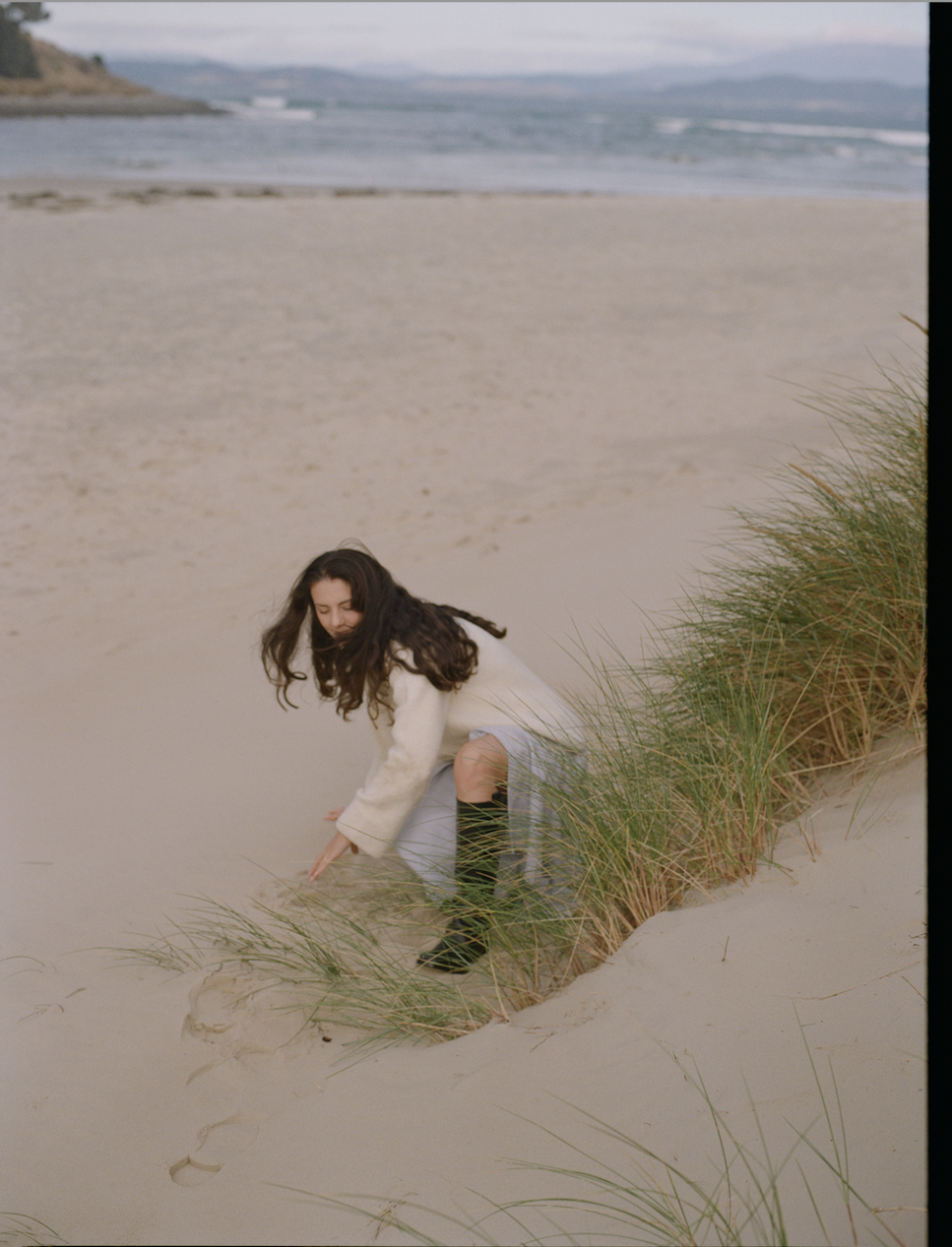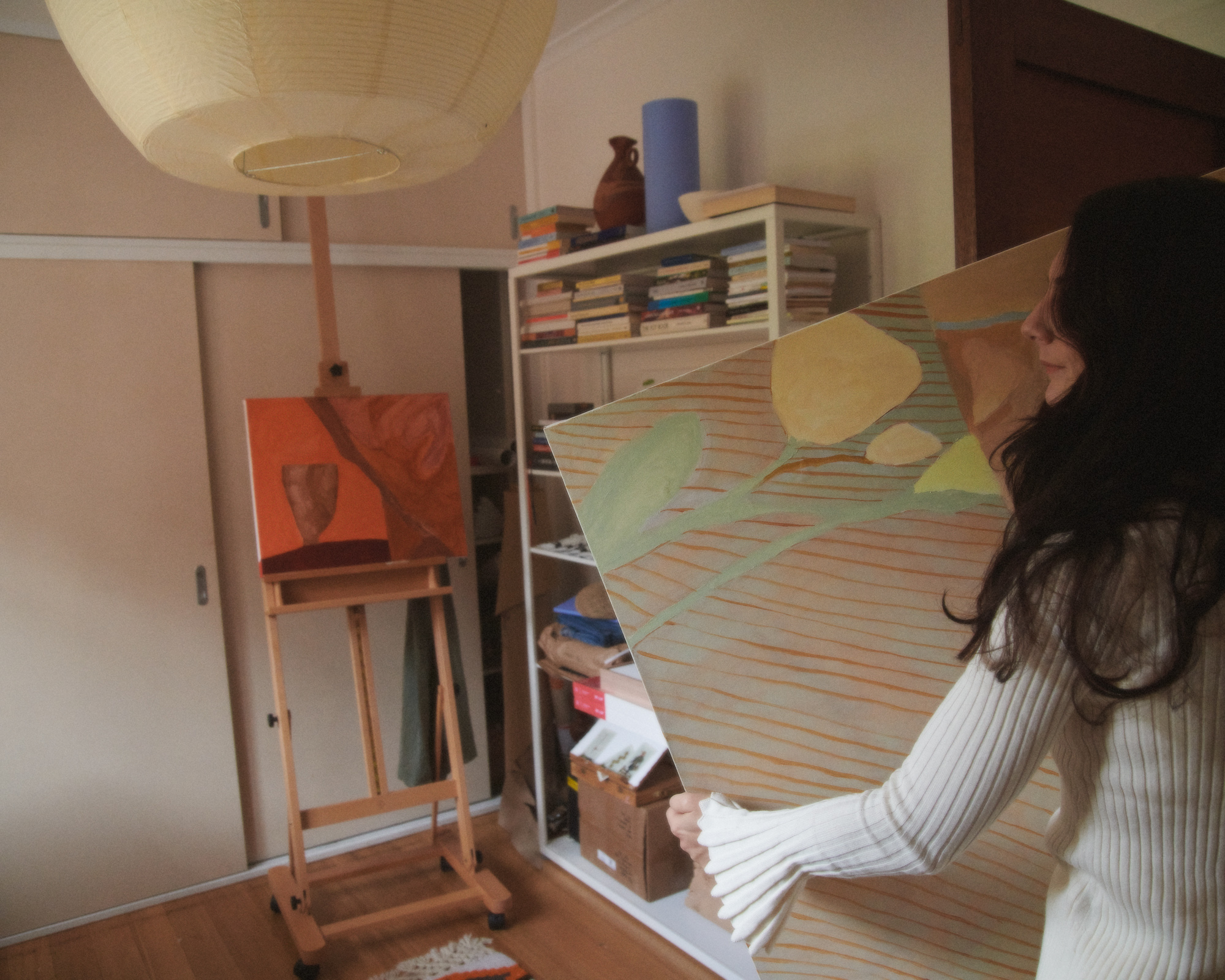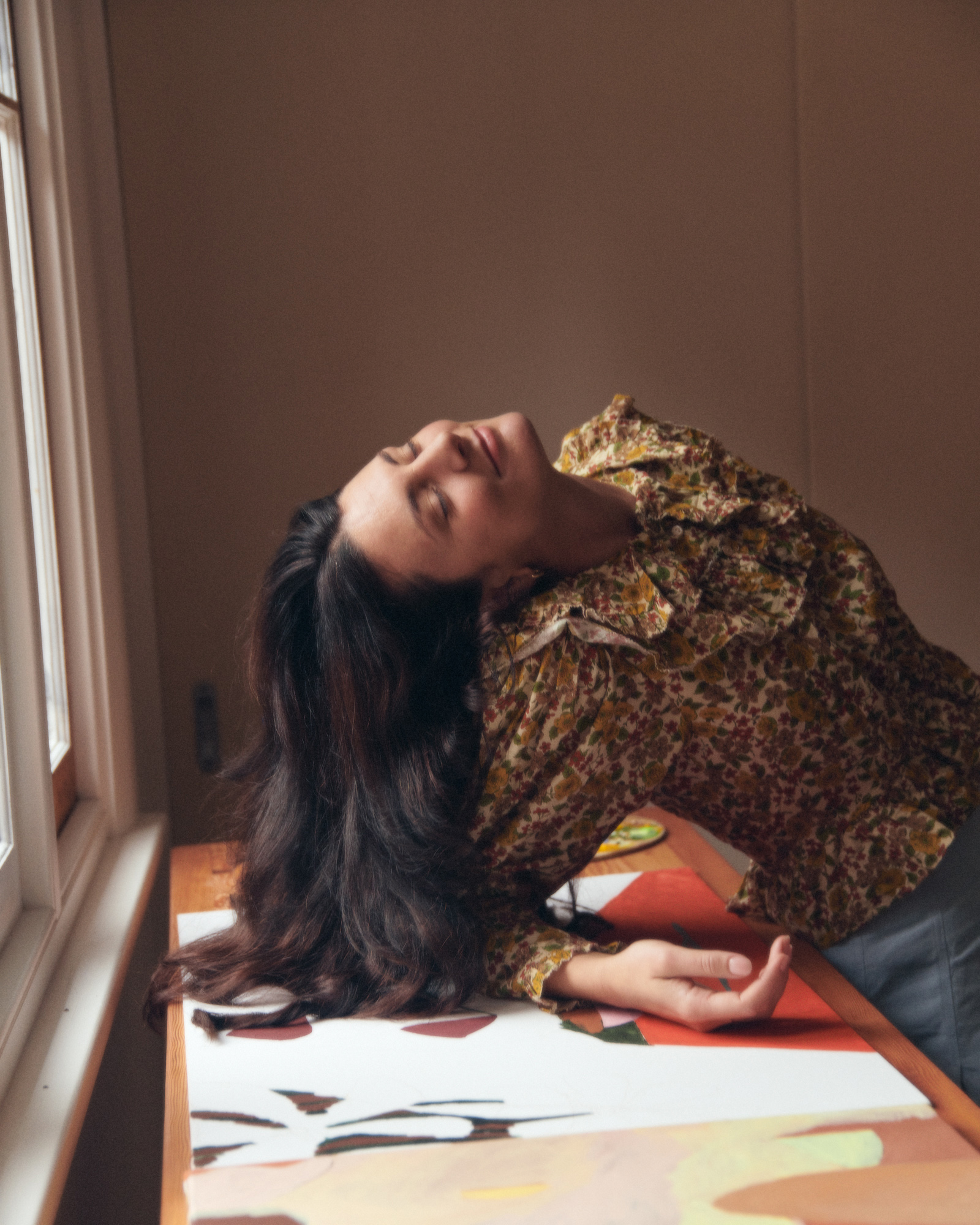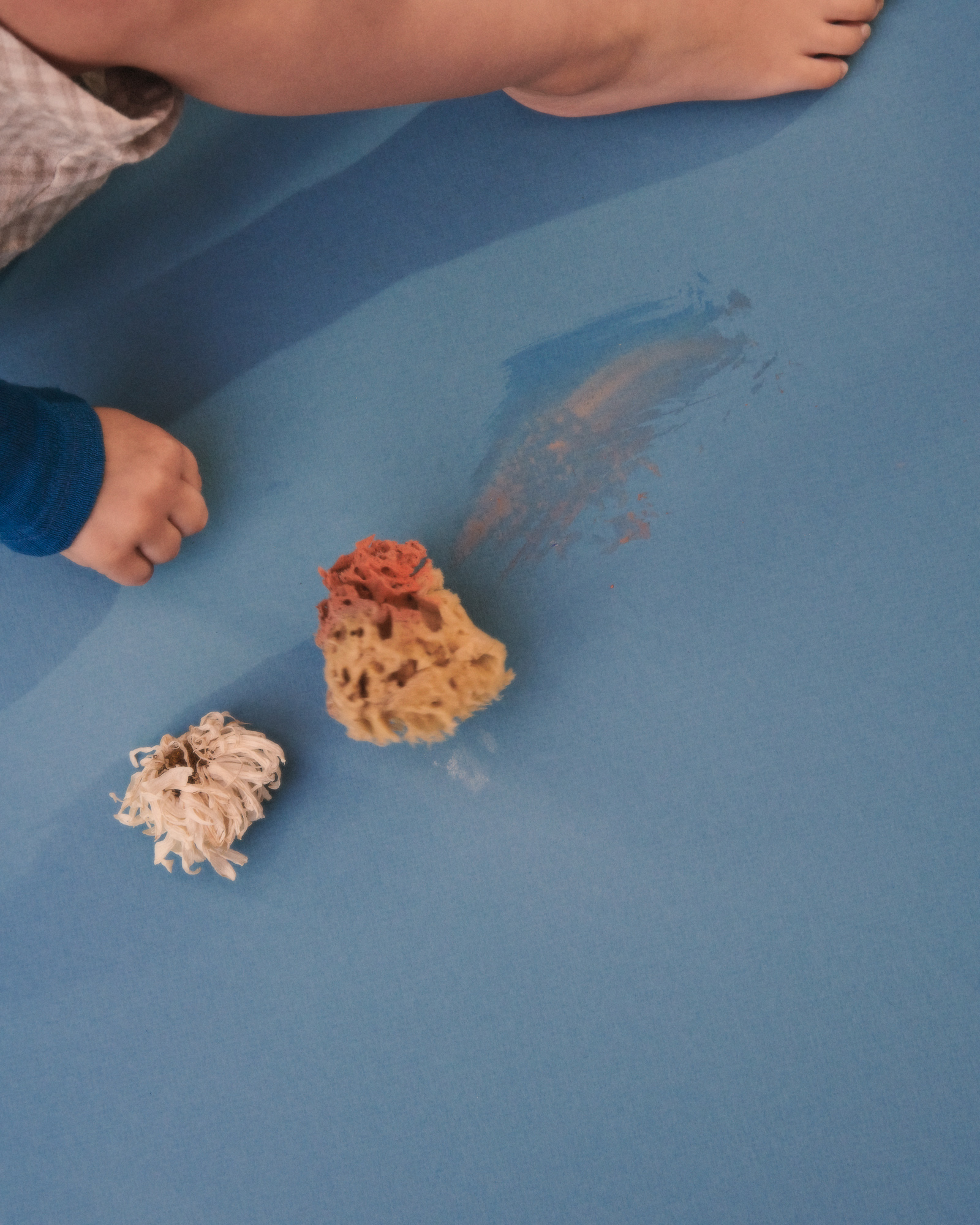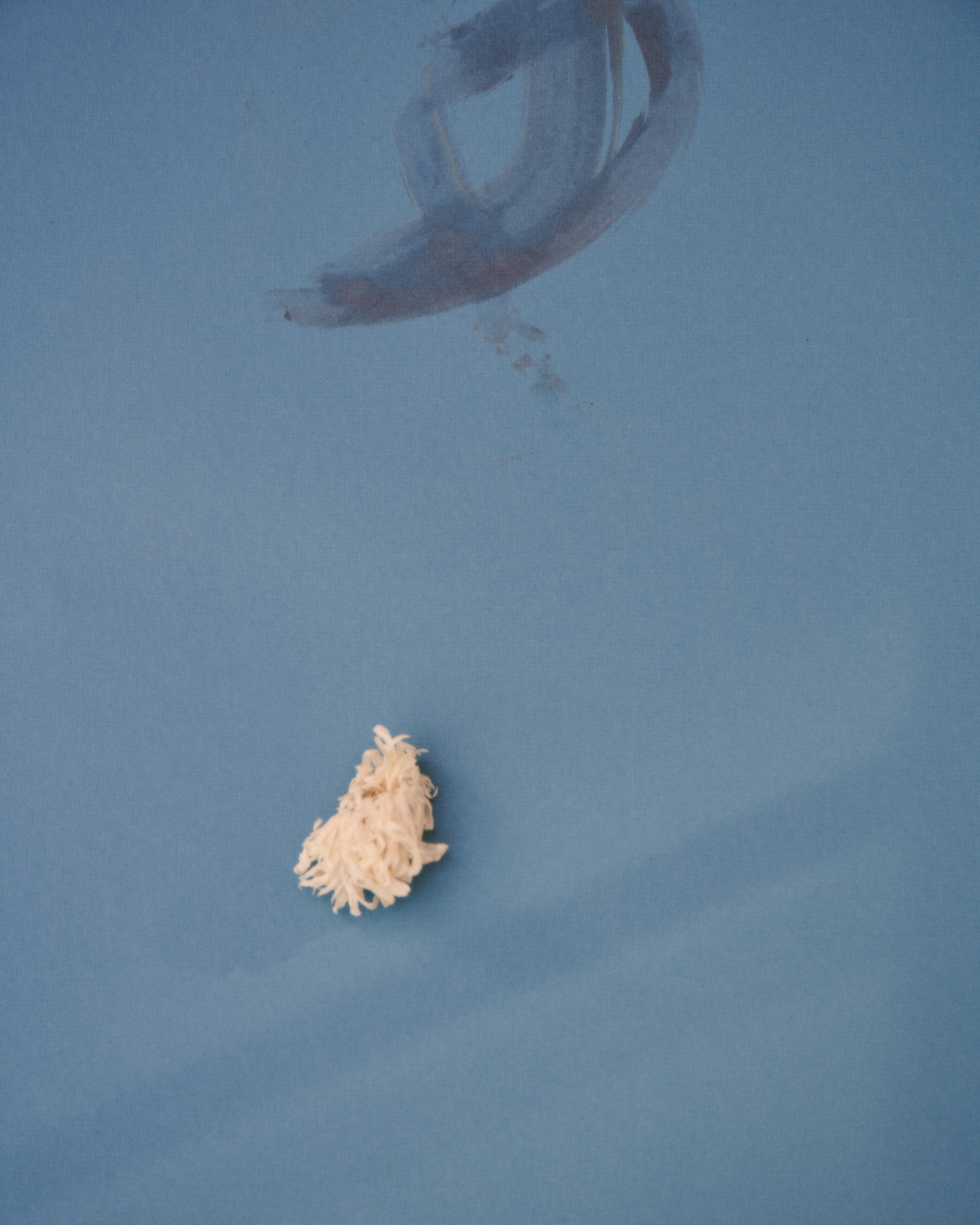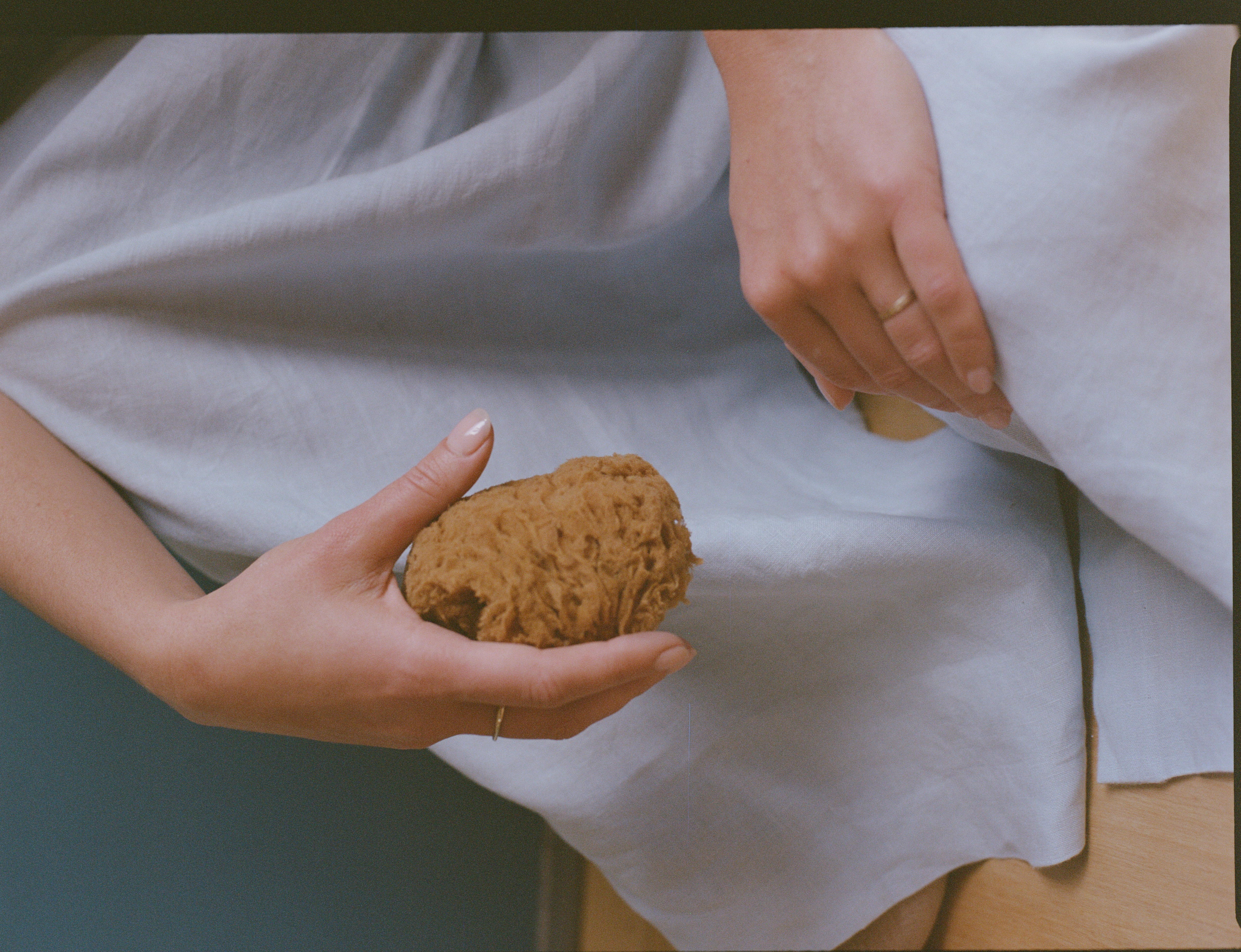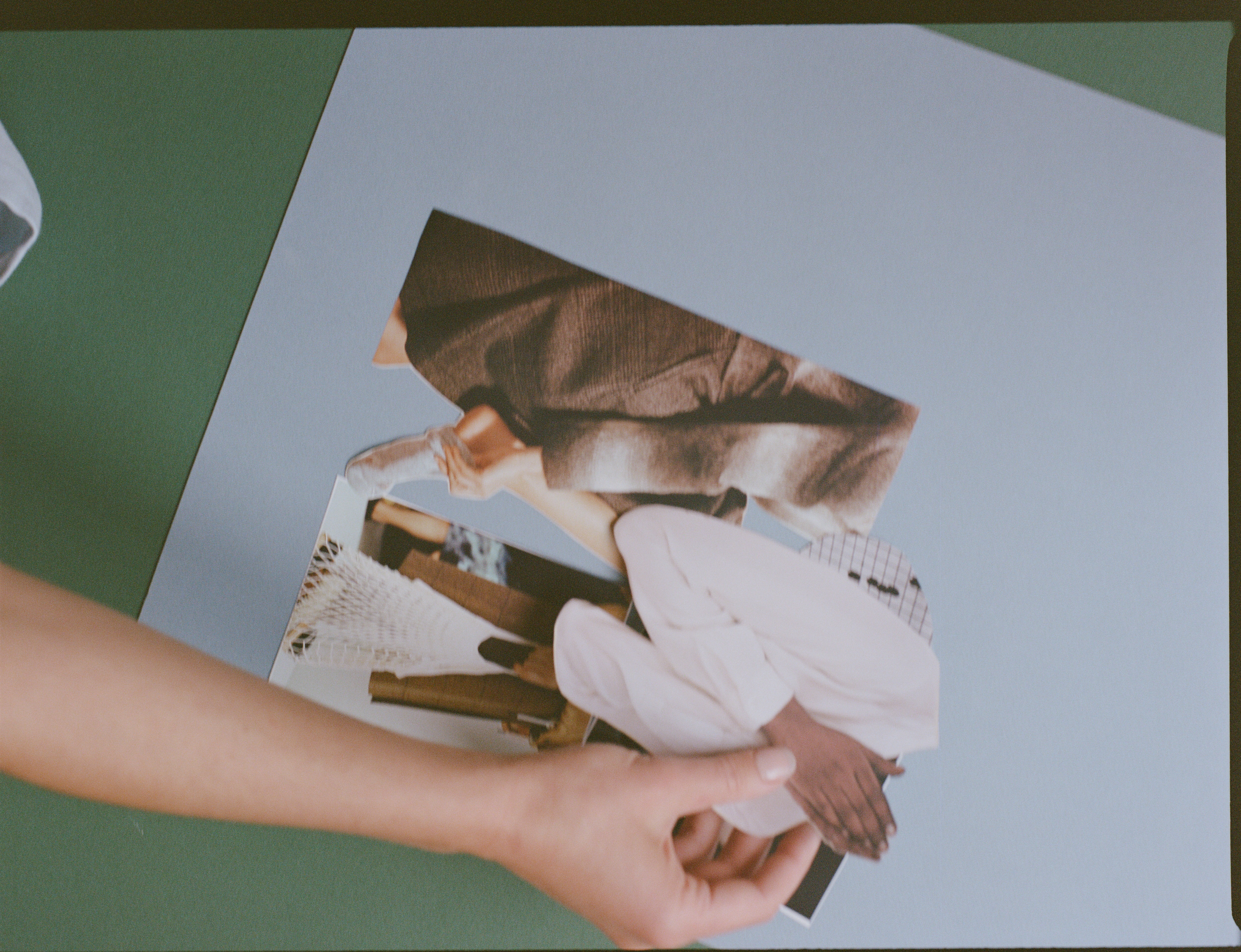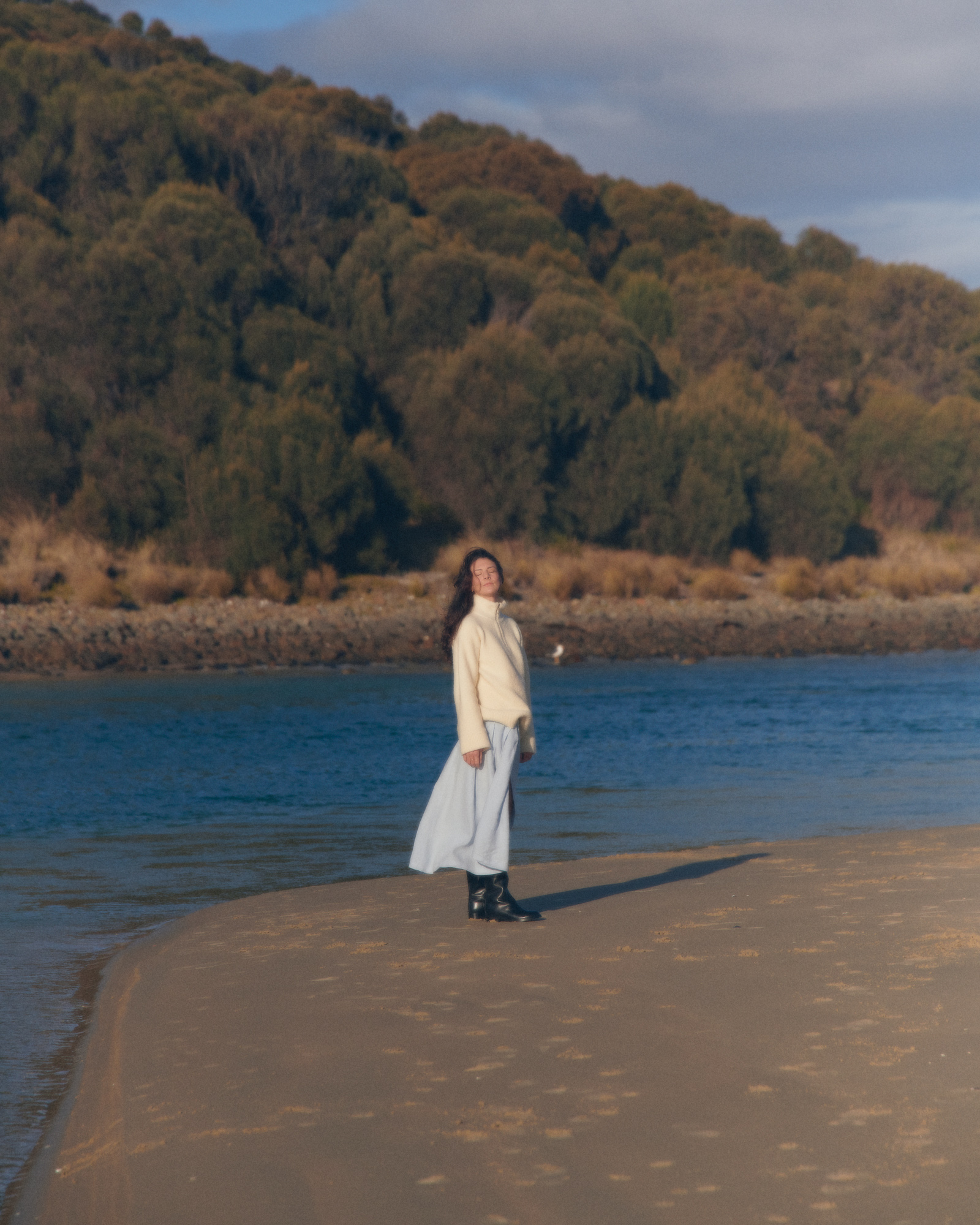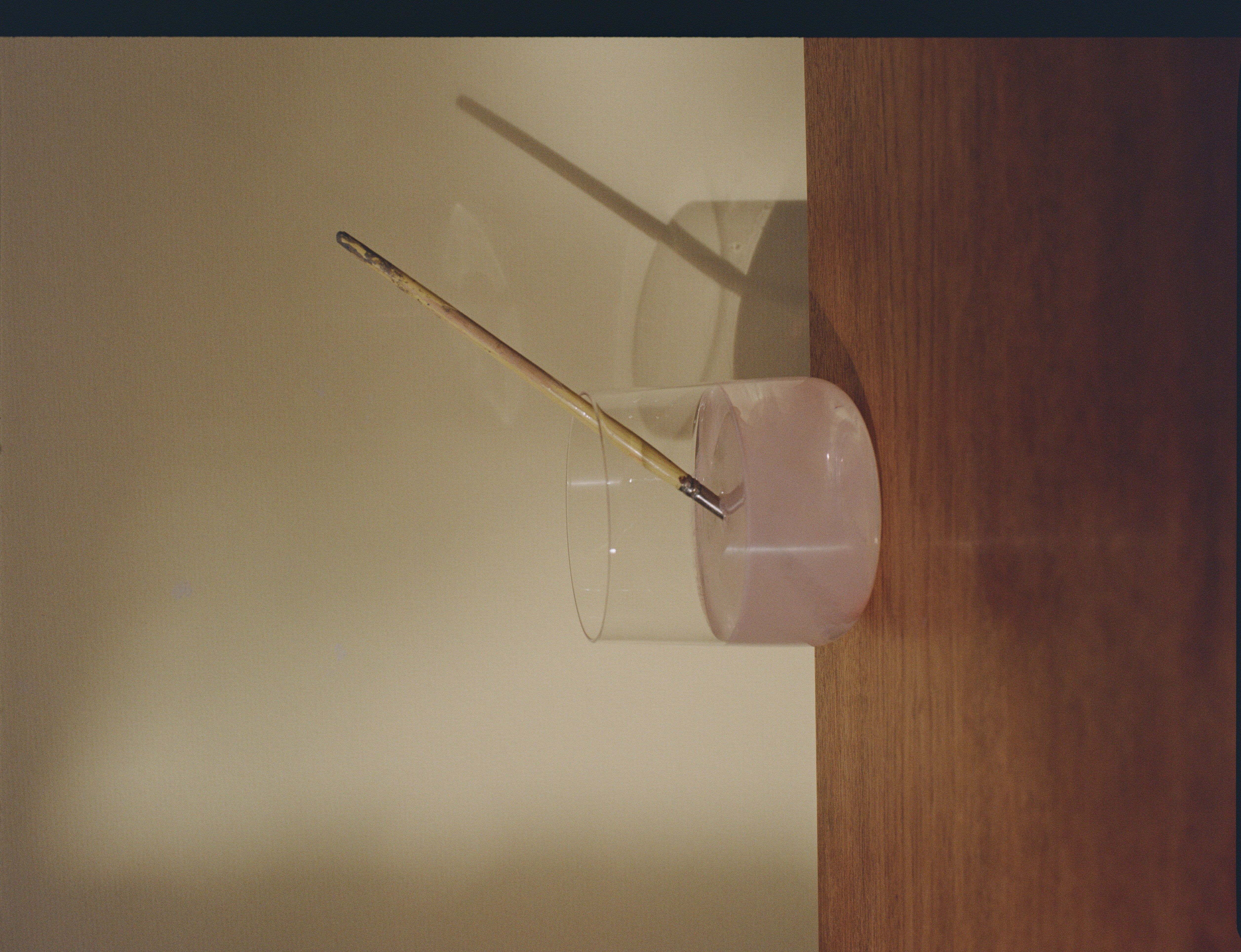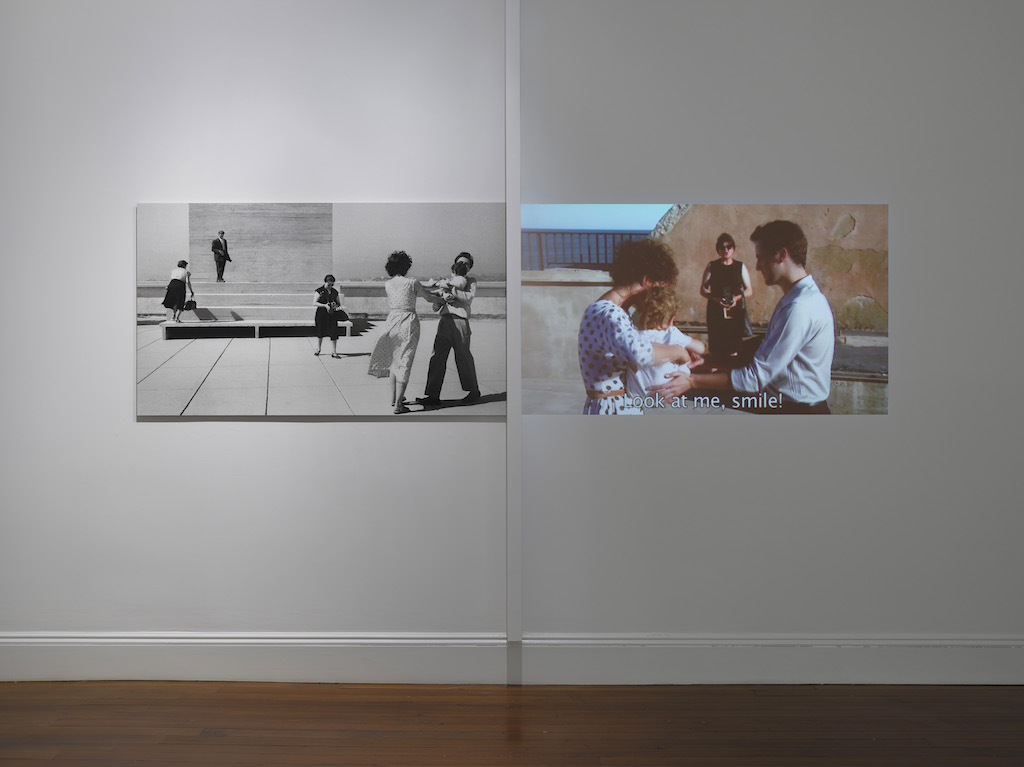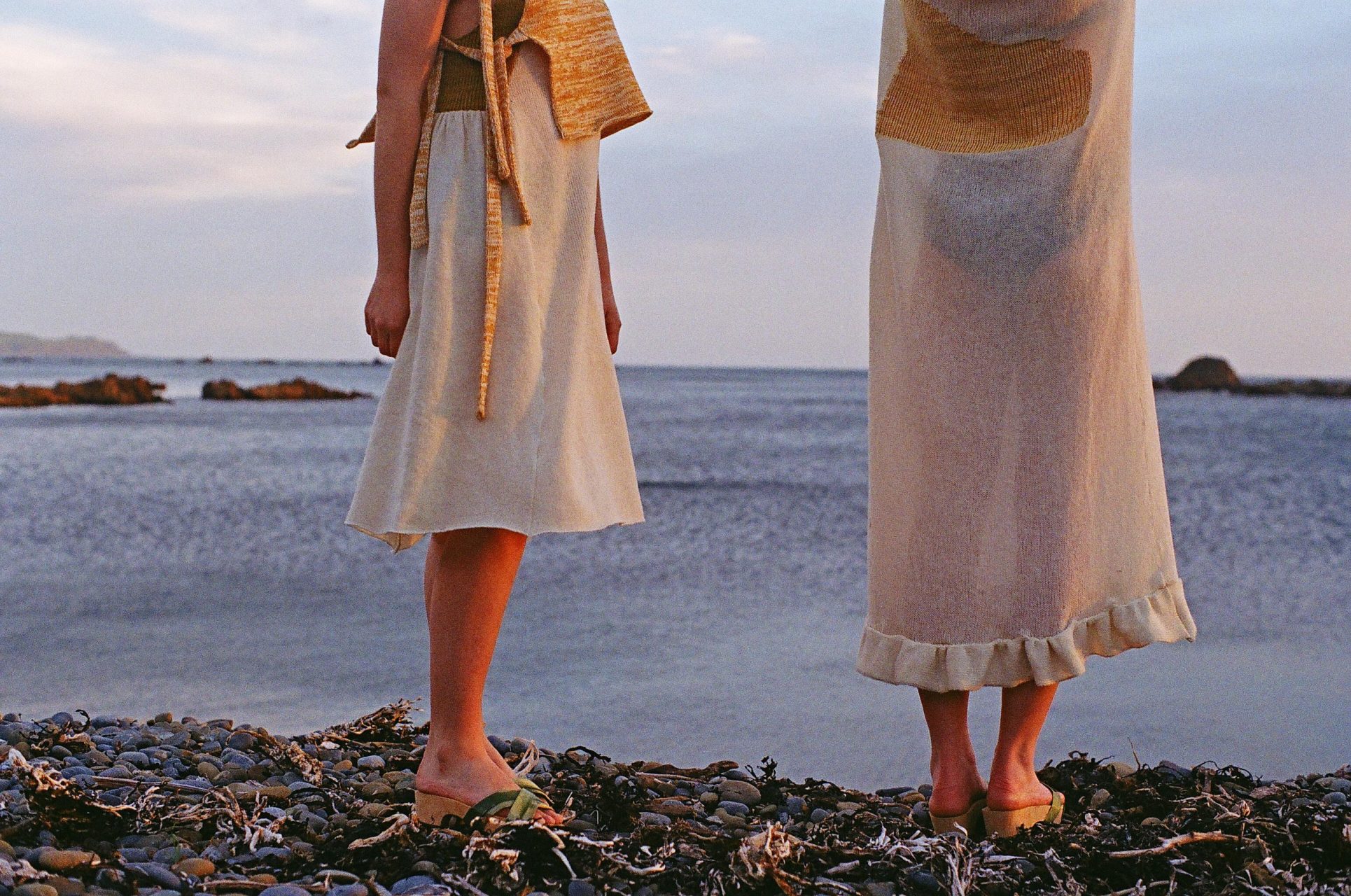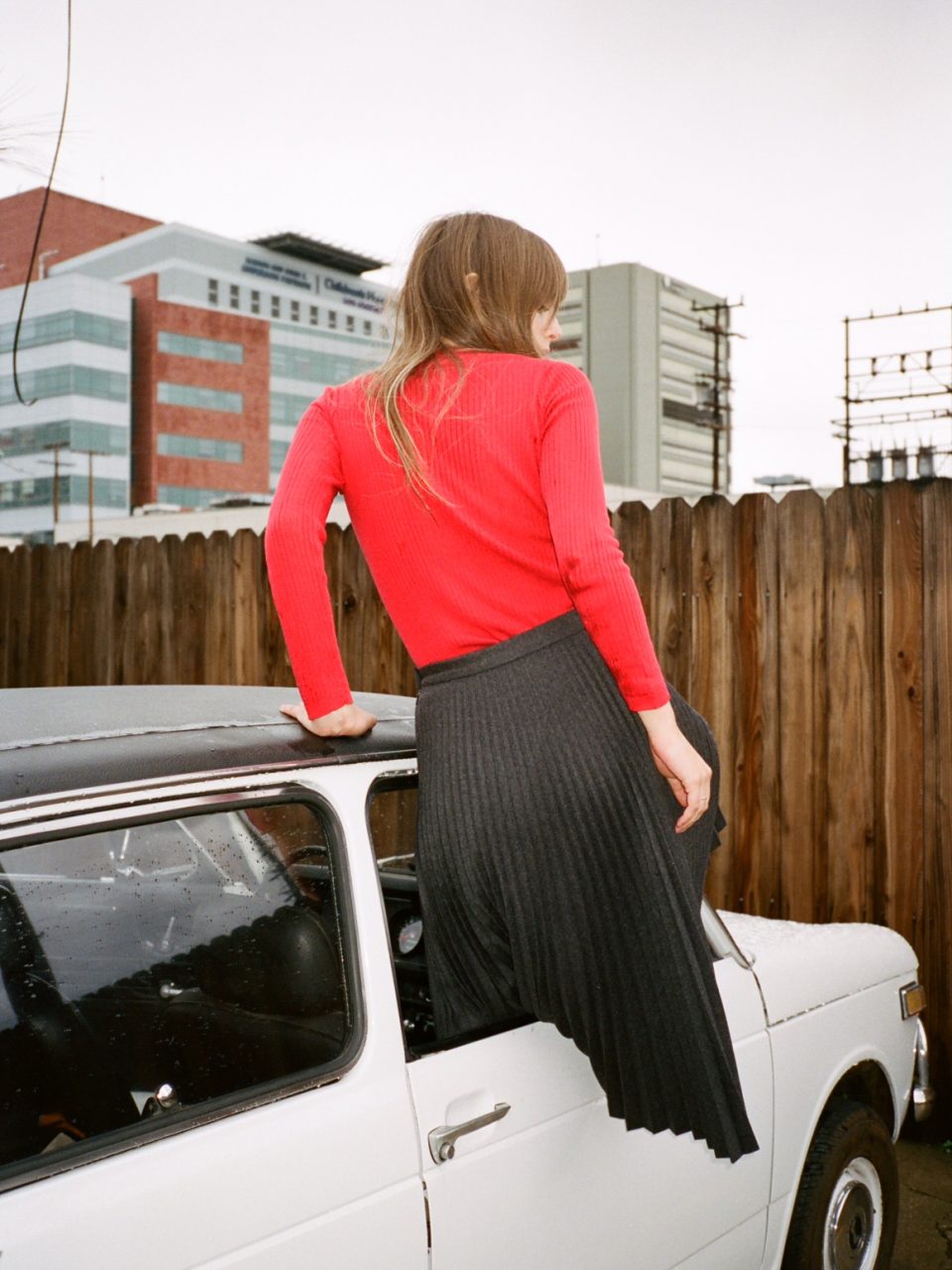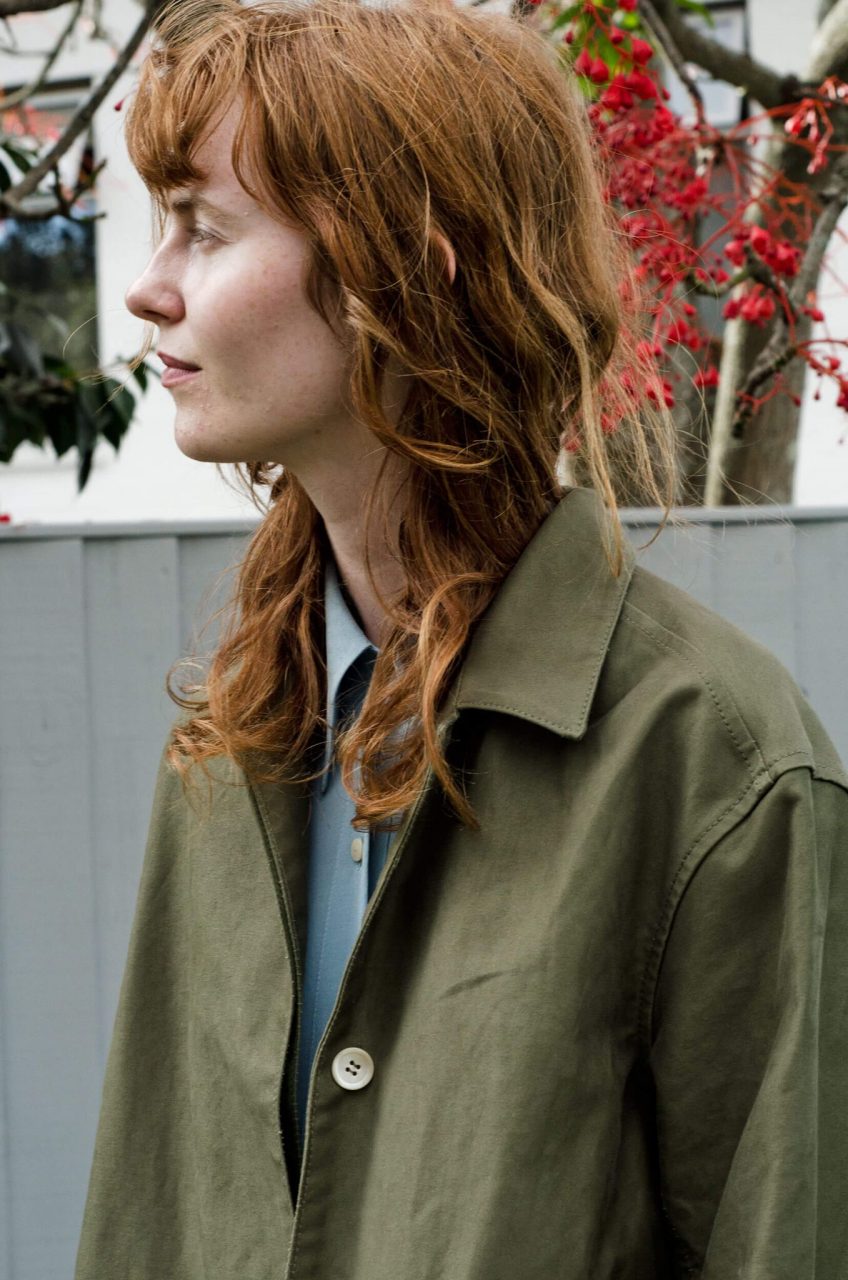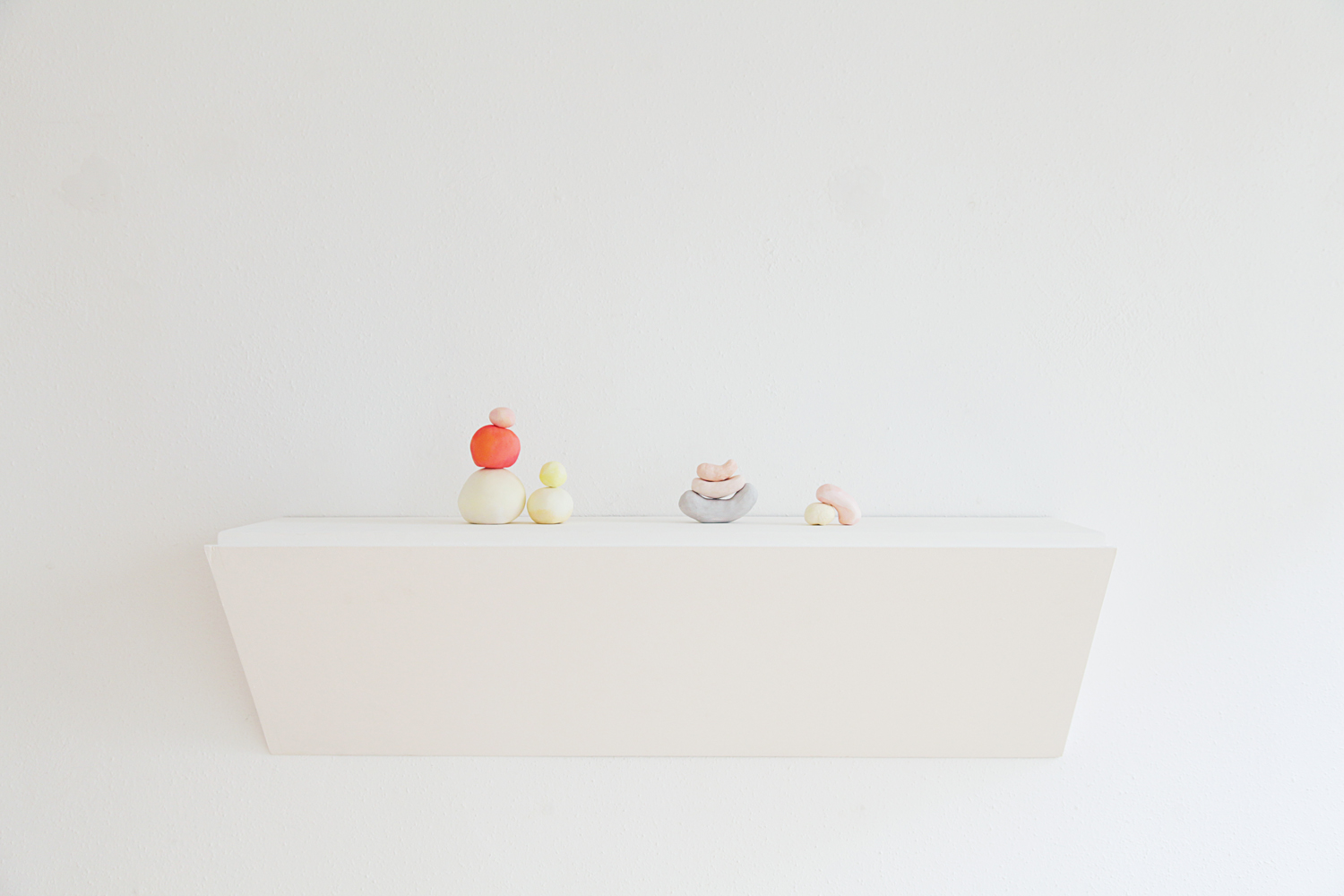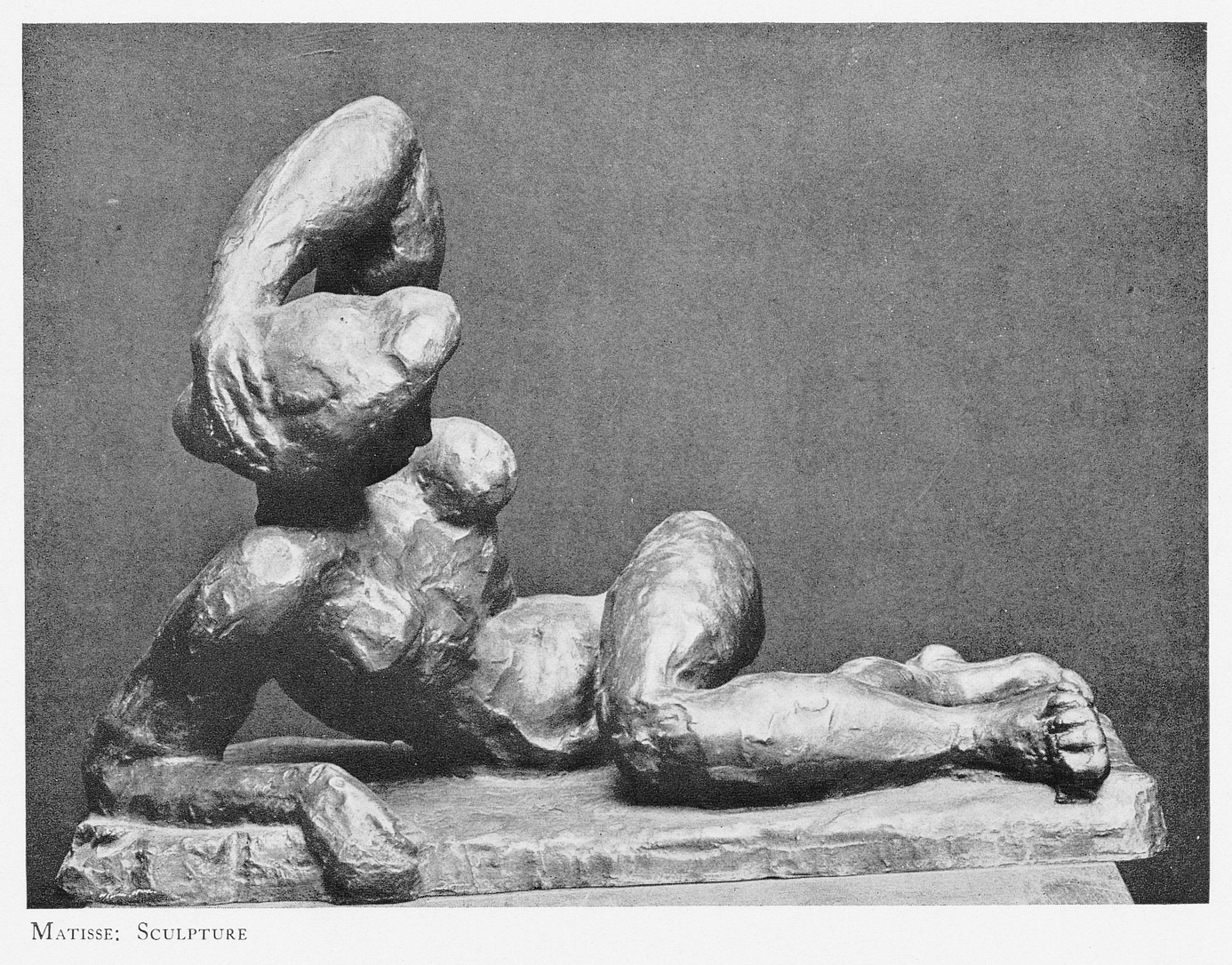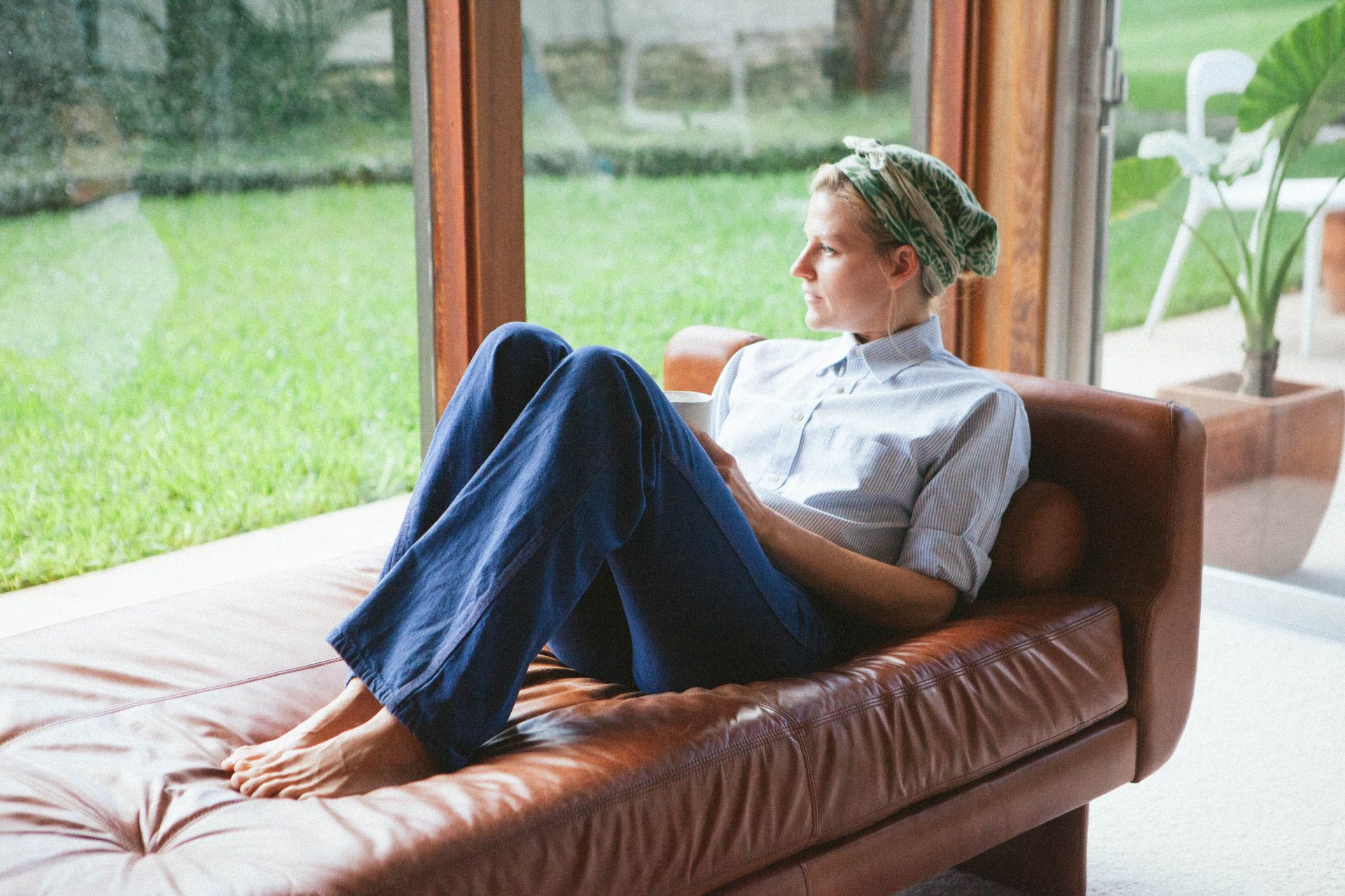A not knowing stance.
Mirador, Practice and Therapy
Humanism is a gentle theory that influences my practice as an art therapist, because what works for one person might not work for the next. It essentially means I will meet you where you are at. Not one life path is the same, we move through challenges in our own unique way. I love how art making can mirror this idea. From collage to painting, to sitting and doodling while we talk. There is room for you. My approach is one of “not knowing” rather than a “knowing it all” stance. I am one, and you are another. You are the one with the embodied experience of your journey, and I of my own. I am no expert on your life, but I am a person with my own unique tool bag. I find this stance allows for freedom in the therapeutic relationship, it provides breath and realness, yielding connection. And that is where the healing begins.
In my practice, there is not just you and I. The therapeutic relationship moves beyond two into a dyadic one. A third, more dominant player into the healing container: making art. Making art, in the sense of engaging in a creative process while in a therapeutic relationship, allows for right brain activation. Our right brain is a powerful resource when feeling polarised with a challenge, or stuck in a feeling or experience. Its strengths are those that favour imagination and intuition. Making art engages our bodily signals and communication, ignites lateral thinking, thus empowering the maker with analogical (meaning making) thoughts. Making art allows for flow, distance and reflection when approaching something that can feel overwhelming, stuck, asleep.
Making brings meaning. Rituals are lost, let’s find and create them together. Let’s feel, let’s sanction meaning and rely on symbolism to find answers, to ease pain. — Lauren Cassar

